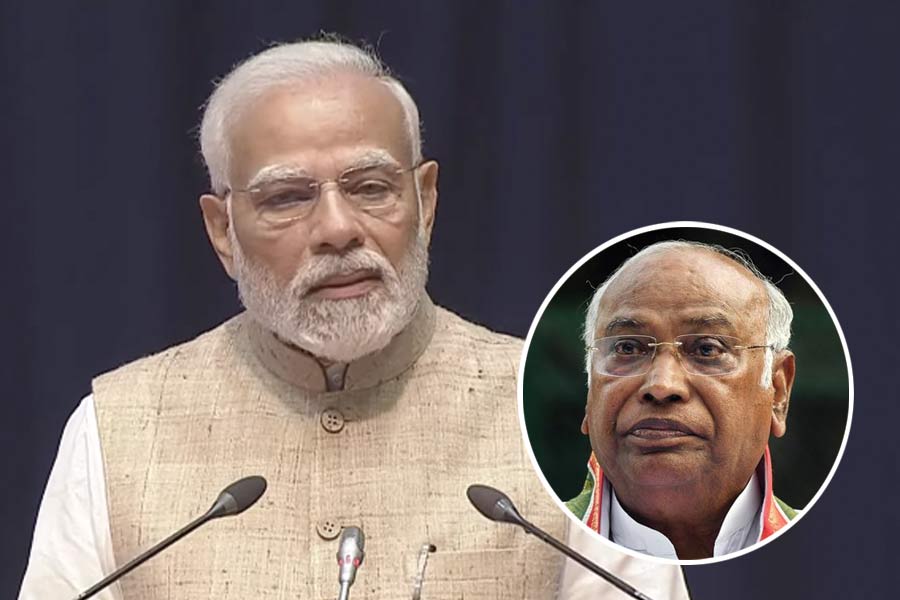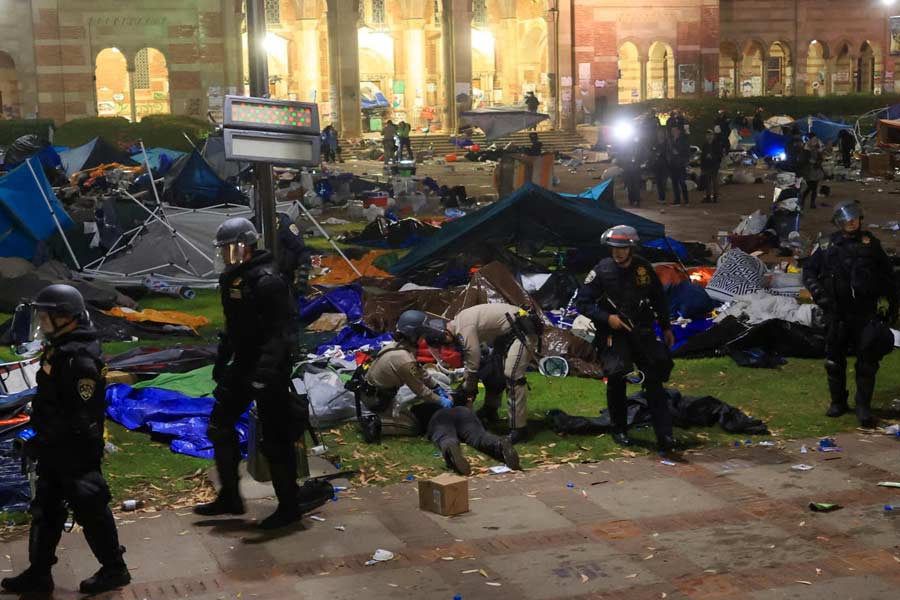At the Tory conference in the United Kingdom (October 2022), the home secretary, Suella Braverman, referred to the “vocal” and the “ethnic minority” creating serious problems for the “law-abiding majority”. This can be understood as scripting an antithesis to the famous thesis by the British liberal philosopher, John Stuart Mill, who cautioned against the “tyranny of the majority”.
Now, while a word or a concept can be used differently from its original usage, the difference must be recognised. Mill, for instance, was reacting to his predecessor, John Locke, who criticised Robert Filmer. Filmer defended the divine rights of kings. Locke, in turn, proposed moving away from earlier forms of feudalism and theocracies, with citizens choosing their leader as their representative. In case of a lack of consensus, Locke proposed, the majority’s decision would prevail over the minority’s. This provided the foundation for representative democracy as a modern form of politics.
The majority and the minority in Locke and Mill comprise unencumbered modern citizens. However, Braverman’s use of these terms differs from that of Locke or Mill. She uses the word, minority, to refer to non-modern aspects such as ethnicity. Ethnic minorities, in her usage, are ‘encumbered’ within a community or region that falls outside that of ‘unencumbered’ individuals. At the least, she uses minority to refer to an overlap between modern citizens and the pre-modern self encumbered within a community. There is thus a difference between using these key terms within and outside liberalism.
Independent India adopted modernistic ideas of individual freedom and liberty, as well as institutions like parliamentary democracy from liberalism. This progressive move by our national leaders put India’s international profile on a par with other modern states. However, there is a difference between modern Western and Indian experiences. Modern Western nations have modern citizens as premises in the public sphere, and their institutions are based on these modern individuals. At least they projected themselves as such, and this is how the outside world perceived them.
In contrast, while the provision of citizenship is enshrined in the Indian Constitution, there is a vast difference between political ideals and social reality. People are entrenched in pre-modern communities, cultures, regions, religions and languages. The words, majority and minority, which are intrinsic parts of representative democracy, do not have an immediate referent in India. Hence, there is a cleavage between what is and what ought to be.
India is primarily a pre-modern, pluralistic society. Forcibly imposing modern liberal political terminology on Indian society can be problematic and misleading. For instance, Indian liberals and secularists use the terms, minority and majority, to refer not to citizens but to religious communities. This difference, if not recognised, can lead to confusion.
In Locke’s concept of liberalism, the majority is constituted first. The minority is then formed by those not included in the majority — in that sequential order. However, secularists and liberals in India claiming to represent modern liberalism not only used these terms to refer to realities that lie outside of liberalism but also inverted the sequence, creating confusion. They designated the minority first and then created a majority still in the making. These concepts were used as if they were predetermined — the past tense instead of the present continuous.
Critics of secularism have now taken on these concepts and embarked on a massive drive to define the majority by highlighting instances of minority appeasement and are steadily gaining followers. The confusing use of these liberal concepts has also taken its toll outside the political domain, beyond the concepts of minority and majority.
In a plural society like India, there are several majorities and several minorities. For instance, a non-Hindi speaker can feel a deep sense of being the minority in the company of Hindi-speaking people. Similarly, a Hindi-speaking person classified under the majority religion may feel like the minority in a non-Hindi-speaking place. And we find numerous such instances all over India.
An essential feature of a pluralistic society like India is that it allows each person to feel like a minority. Many aspects of a plural society are unfamiliar to its people. For example, several languages and cultural practices are unknown. And, when accessed, you are either alone or in a small group. In turn, this feeling in plural societies can sensitise people to similar feelings in others — a unique, yet common, virtue in a pluralist society. The way terms like majority and minority are used today fails to capture this special feature. Within this context, we can mostly use the shifting nature of the majority and minority.
Terms like majority and minority are thus used within the liberal framework by liberal philosophers like Locke and Mill. However, Braverman’s use of these terms and their use in India falls outside the liberal framework. It is imperative to distinguish these and avoid conflating one with the other. Maintaining this difference can lead to clarity.
Braverman’s comments provides the context to re-examine the background of various theories of liberalism, identify the use of concepts such as minority and majority outside liberalism, investigate the misleading nature of their use in India and highlight their unique aspects.
We also need to focus on making pragmatic political decisions that are sustainable in the long run. Since modern liberal ideals are not indigenous to India, we need to understand their history, their background and the complexities associated with the Indian context to utilise them for more effective decision-making.










